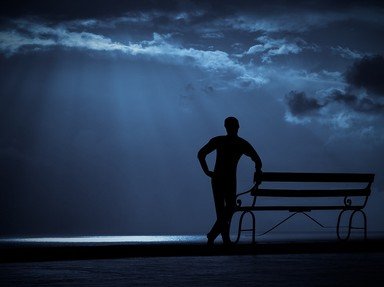Quiz Answer Key and Fun Facts
1. Where was Keats born?
2. Keats' father died when Keats was just seven years old, but how did he die?
3. Which artistic and literary movement did Keats belong to?
4. Which of the following professions was Keats trained as?
5. Which of the following is NOT considered one of Keats' 'Great Odes'?
6. Which of the following was not genetically related to Keats?
7. Keats married Fanny Brawne.
8. Which contemporary of Keats called him a 'tadpole of the lakes' in reference to his poetic works?
9. Just before the publication of 'Endymion', Keats went hiking in Scotland. Who was his companion?
10. Keats left England towards the end of his life in 1820. Where did he die?
Source: Author
mcall
This quiz was reviewed by FunTrivia editor
bloomsby before going online.
Any errors found in FunTrivia content are routinely corrected through our feedback system.

